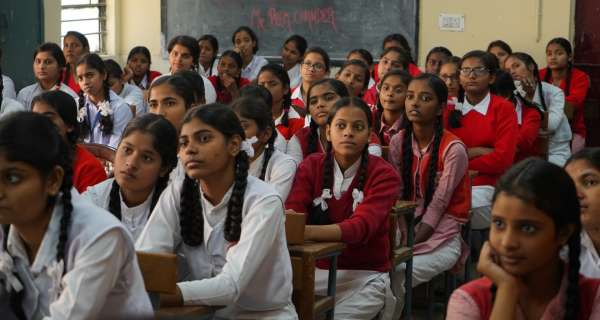Agricultural export subsidies - SDG Indicator 2.B.1
Definition: Indicator 2.B.1 is the "value of agricultural export subsidies".
Goal: By 2030 "correct and prevent trade restrictions and distortions in world agricultural markets, including through the parallel elimination of all forms of agricultural export subsidies".
This target requires the elimination of agricultural export subsidies by 2030.
Target 2.C: Ensure stable food commodity markets and timely access to information
UN definition: "Adopt measures to ensure the proper functioning of food commodity markets and their derivatives and facilitate timely access to market information, including on food reserves, in order to help limit extreme food price volatility."
Food price anomalies - SDG Indicator 2.C.1
Definition: Indicator 2.C.1 is the "indicator of food price anomalies".
Food price anomalies can be measured using the domestic food price volatility index.
The domestic food price volatility index measures the variation (volatility) in domestic food prices over time - this is measured as the weighted average of a basket of commodities based on consumer or market prices. High values indicate higher volatility (more variation) in food prices.
Goal: By 2030 "adopt measures to ensure the proper functioning of food commodity markets and their derivatives and facilitate timely access to market information, including on food reserves, in order to help limit extreme food price volatility".
Credits: Main photo by Ritesh Arya

























0 Comments